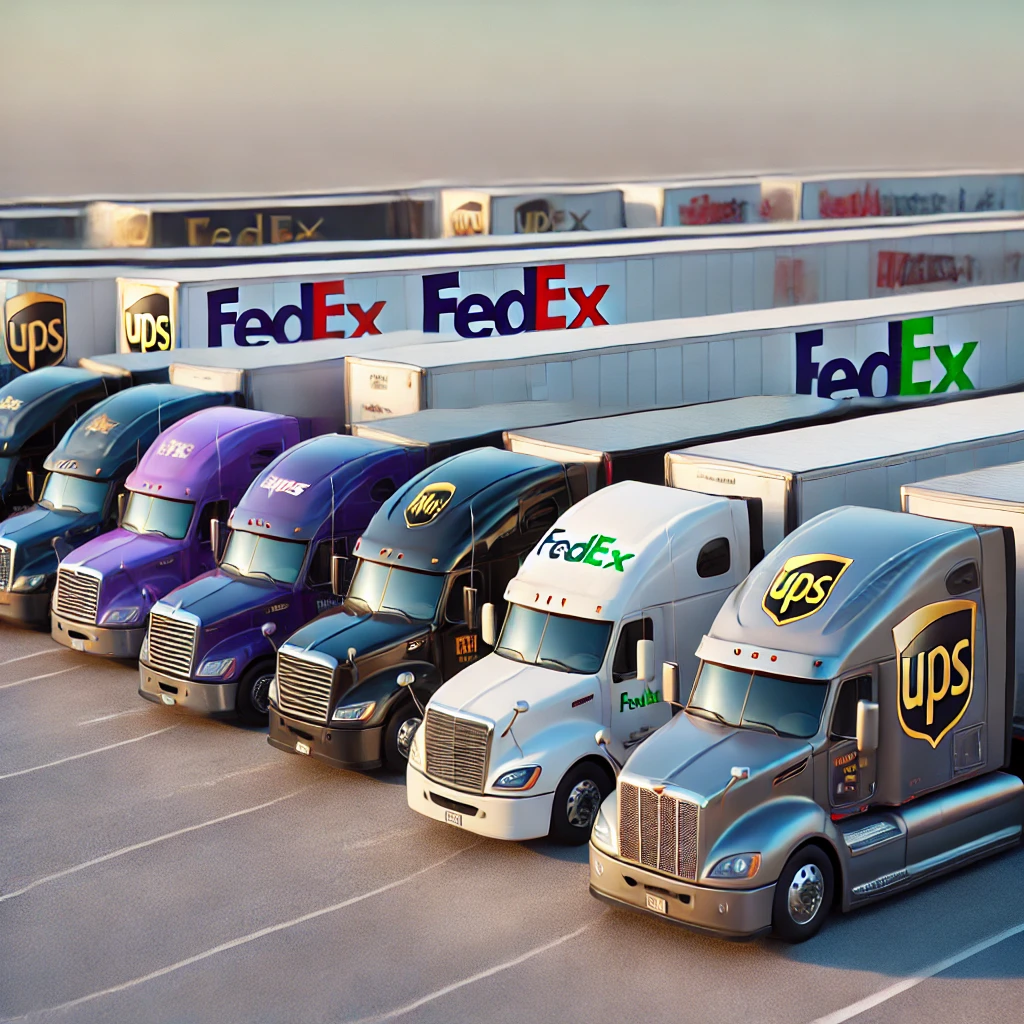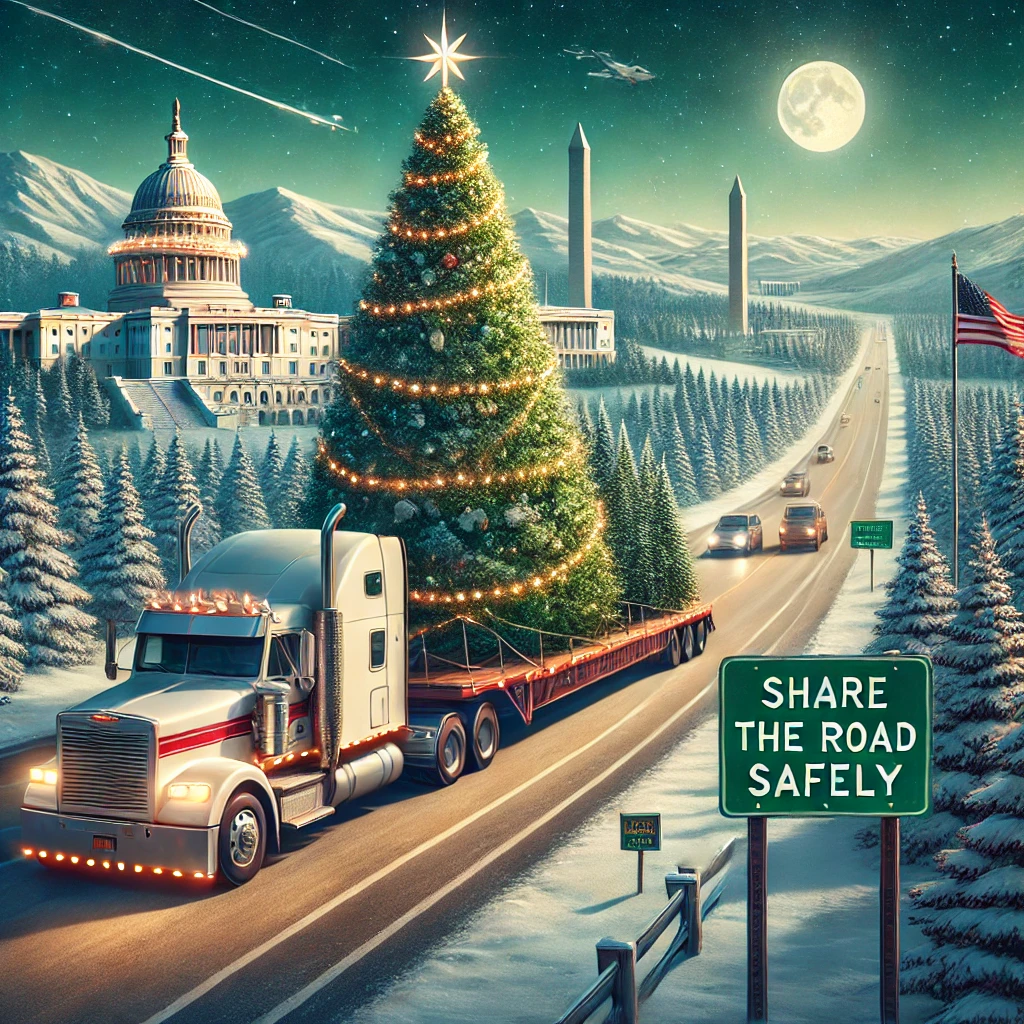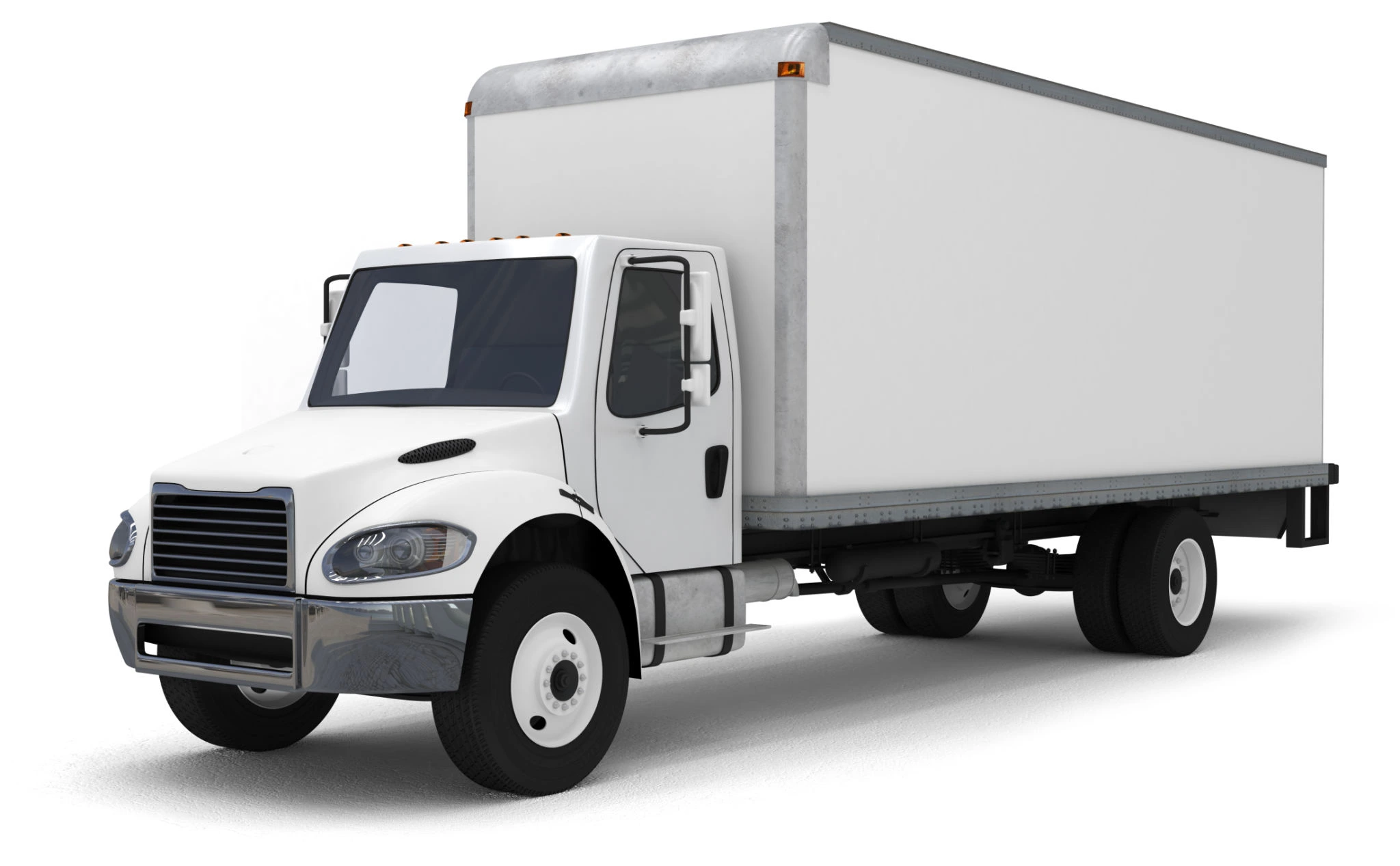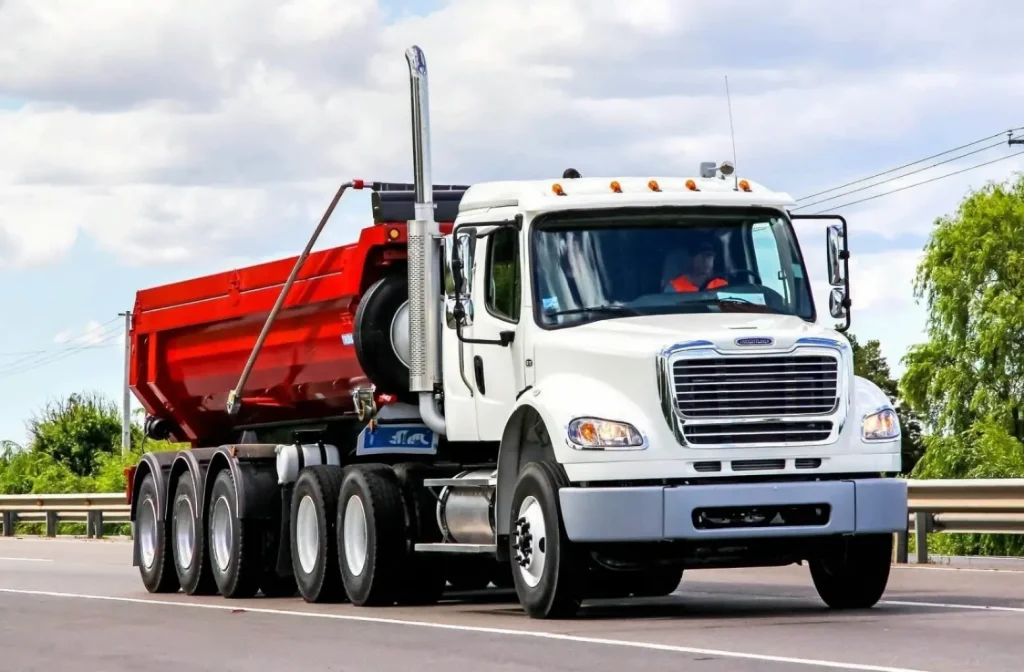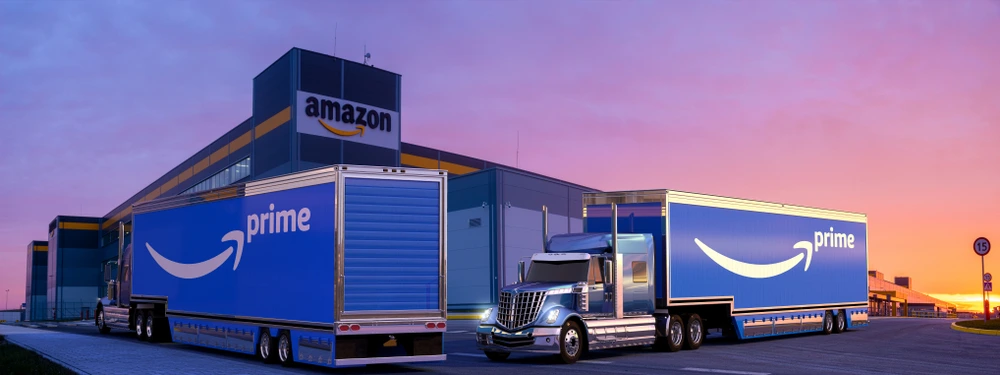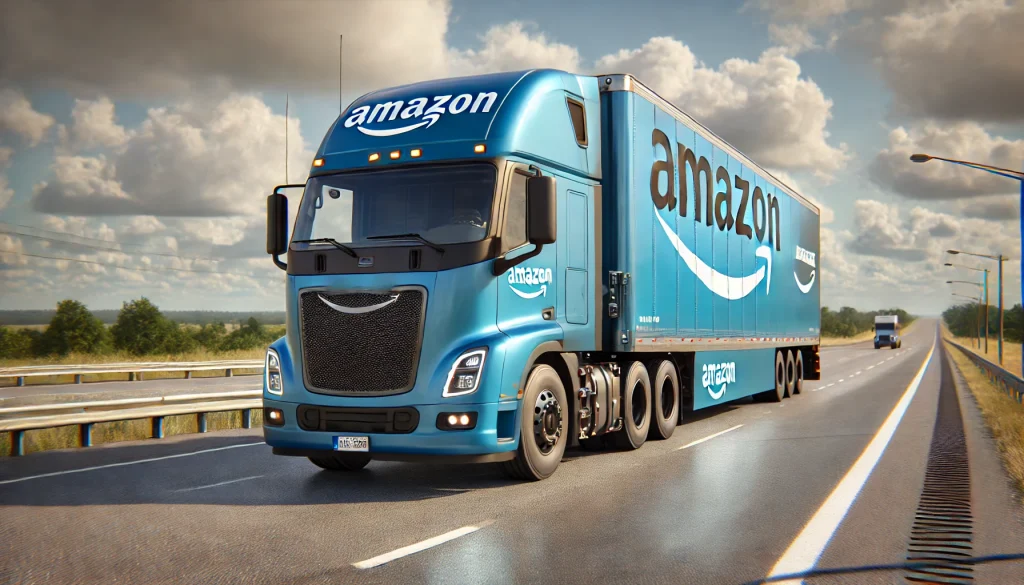There are a lot of interesting things about being a truck driver, and one of them is the trucker lingo and slang. Truck drivers communicate via CB radio, and without knowing these terms, it can be hard to keep up with what they’re saying.
If you’re new to the trucking business, or just an enthusiast looking to learn new things, we have compiled all the trucker lingo you need to know!
A-Z TRUCKER LINGO
Alabama chrome – duct tape.
All locked up – Means the weigh station has been closed.
Alligator – This is a piece of a blown tire on the road that can cause accidents. It resembles an alligator lying on the pavement. A small piece of tire is referred to as a “baby alligator,” while multiple pieces are called “alligator bait.” It can also simply be referred to as a “gator.”
Anteater – The Kenworth T600, named because of its sloped hood. It is also known as an aardvark and It is one of the first trucks that came with an aerodynamic design.
Back door – Something behind you.
Back it down – Slow down.
Backed out of it – Unable to maintain speed, leading to a downshift. Often used when a driver loses momentum and has to let up off the accelerator.
Back row: The last rows of parking in a truck stop.
Bambi – A deer.
Base station or unit – A powerful CB radio set in a stationary location.
Bear – A law enforcement officer at any level, but usually a State Trooper, Highway Patrol.
Baby bear – a rookie law enforcement officer
Bear bait – A speeding vehicle, usually a four-wheeler, which can be used to protect the other speeding vehicles behind it.
Bear bite – A speeding ticket.
Bear den or bear cave – Law enforcement headquarters, station.
Bear in the air – A law enforcement aircraft that can monitor the traffic and speeds below.
Bear in the bushes – Law enforcement (at any level) is hiding somewhere, probably with a radar gun aimed at traffic.
Billy Big Rigger – Another term for “supertrucker” who brags about himself, or his big, fast, shiny truck.
Bingo cards – These are cards used to hold stamps from each state a motor carrier would operate in. They are no longer used and have been replaced by the Single State Registration System (SSRS).
Bedbugger – A household moving company or the household mover himself.
Belly Dumper – A trailer with a bottom dump
Big R – A Roadway truck.
Big road – The Interstate, or any big highway.
Big truck – An 18-wheeler or tractor-trailer. “Come on over, big truck”.
Bird dog – A radar detector.
Big word – Closed, when referring to weigh stations. Small word, on the other hand, means open.
Black eye – A headlight out.
Blew my doors off – Passed at a high speed
Bobtail – Driving the tractor only, without the trailer attached.
Boogie – The top gear (the highest gear) of the transmission.
Boulevard – The Interstate.
Brake check – The traffic tie-up ahead, requiring immediate slowing down or stopping.
Break – Saying “break-number” is the proper way to gain access to the channel and begin talking when a radio is breaking up.
Breaking up – Signal is weak or fading.
Brush your teeth and comb your hair – Be on you best driving behavious because a law enforcement officer is shooting vehicles with a radar gun and looking for who to give tickets. .
Bubba – What you call another driver, often in a kidding way.
Bulldog – A Mack truck.
Bullfrog – An ABF truck.
Bull hauler – A livestock hauler.
Bumper sticker – A vehicle that’s tailgating. Also called a “hitchhiker“.
Bundled out – Heavily loaded, or to maximum capacity.
Bushels – Weight of load in 1000’s (i.e. 43 bushels = 43,000 pounds)
Buster Brown – A UPS truck or driver.
Cabbage – A steep mountain grade in Oregon.
Cabover – Abbreviated term for Cab-Over-the Engine (COE) type of tractor. It is no longer commonly used in the US.
Cash register – A tollbooth.
CB Rambo – Referring to a wannabe tough guy on the CB Radio
Checking ground pressure – The weigh station is open, and they’re running trucks across the scales.
Cheese Wagon – A yellow schoolbus
Chicken coop – A weigh station, often called just a “coop”.
Chicken lights – Extra lights or marker on a truck and trailer.
Chicken hauler or truck – A big, fancy truck; a large, conventional tractor with a lot of lights and chrome. Also used to refer to a truck that hauls live chickens.
Choke-n-Puke – A greasy spoon restaurant
City kitty – A local law enforcement officer
Coal bucket – A dump trailer
Come-a-part engine – Cummins engine.
Come back – An invitation for the other driver to talk, often used when you couldn’t hear the last transmission.
Come on – Telling another driver that you hear him calling you, and to go ahead and talk.
Comedian – The median strip in between opposite lanes of traffic.
Comic book – The logbook.
Commercial company – A prostitute.
Container – An overseas container; intermodal transportation.
Convoy – A group of trucks traveling together.
Copy – Transmission acknowledged, agreed with, or understood, as in “copy that, driver”.
Cornflake – Consolidated Freightways truck.
County Mountie – County police, usually a sheriff’s deputy.
Covered wagon – Flatbed type of trailer, with sidewalls, and a tarpulin.
Crackerhead – A derogatory term; insult.
Crotch rocket – A motorcycle built for speed; not a Harley-Davidson.
Curtain Sider – Trailer similar to a box trailer except that the sides are movable curtains.
Deadhead – Pulling an empty trailer.
Destruction – Road construction.
Diesel car – A semi-tractor.
Diesel cop – A DOT, Commercial Vehicle Enforcement officer.
Dispatcher Brains – Light or empty load
Donkey – Behind you. “A bear is on your donkey”.
Do what? – I didn’t hear or understand you.
Double nickel – 55 mph, considered the optimal balance between speed and fuel efficiency.
Doubles – A set of double trailers.
Drawing lines – Completing your logbook
Driver – What drivers call other drivers on the CB, especially if their CB handle is not known.
Driving award – A speeding ticket.
Downstroke – Driving downwards, downhill, on a decline.
Dragon wagon – A tow truck.
Dragonfly – A truck with no power, especially going uphill.
Dry box – An unrefrigerated freight trailer. Also called a dry van.
Evil Knievel – A law enforcement officer on a motorcycle.
Eyeball – To see something.
Feeding the bears – Paying a ticket or citation.
Fingerprint – To unload a trailer by yourself.
Flip-flop – A U-turn, or a return trip.
Flying Hook – Pilot Flying J Truck Stop
FM – An AM-FM radio.
Four-letter word – Open; referring to weigh stations being open or closed.
Fox in the hen house – Unmarked police vehicle
Free Truck Wash – Rain
Freight shaker – A Freightliner truck.
Front door – In front of you.
Full-grown bear – State Trooper, or Highway Patrol.
Garbage hauler – Produce haulers or produce load.
Gear Jammer – A driver who speeds up and slows down with great frequency.
General mess of crap – A GMC truck
Georgia overdrive – Putting the transmission into neutral on a downgrade, to go extremely fast. Not recommended.
Go-go juice – Diesel fuel.
Good buddy – Used to be the thing to say: “10-4, good buddy”. Not anymore, as this is now calling someone a homosexual.
Good neighbor – To show appreciation to another driver. For example, “thank you, good neighbor”.
Got my nightgown on – I’m in the sleeper, and ready to go to sleep.
Go to company – Telling another driver from your company to go to the designated company CB channel. Drivers do this so that they can talk about company business or personal matters without monopolizing channel 19.
Go to the Harley – Turn your CB to channel 1.
Got your ears on? – Are you listening?
Gouge on it – Go fast, put the throttle to the floor, step on it, etc.
Granny lane – The right, slower lane on a multi-lane highway, or the Interstate.
Greasy – Icy, or slippery.
Greasy side up – A vehicle that’s flipped over.
Greasy spoon – A cheap restaurant.
Green Stamps – Money.
Grossed out – Your gross vehicle weight is at maximum capacity; commonly 80,000 pounds.
Ground Clouds – Fog
Ground pressure – The weight of your truck, as in “you are testing your ground pressure”.
Gumball machine – The lights on top of a patrol car.
Hammer down – Go fast, step on it.
Hammer lane – The left, passing lane of traffic.
Hand/Han – Referring to another driver. Gotten from the term farmhand, meaning helper, or fellow worker.
Handle (CB handle) – Nicknames that are used to identify the speaker, in place of an actual name, encouraged by the FCC..
Happy happy – Happy New Year; “Have a happy happy, driver”.
Happy hooker – A tow truck hauling a truck.
Harvey Wallbanger – A driver who is driving recklessly or appears to be drunk
Having “shutter trouble” – Having trouble keeping awake.
Ho Chi Minh Trail – Refers to California Highway 152, known for its abundance of accidents.
Hole in the wall – Mountain tunnel entrance
Holler – Call me on the radio, as in “Give me a holler”.
Home 20 – A driver’s home location.
Hood – A conventional tractor, as opposed to a cab-over.
How ’bout – When you’re trying to contact other drivers, you can say “how ’bout you, eastbound?”
Hundred dollar lane/High dollar lane – Prohibited lane for trucks in the far left lane of heavily populated areas. Violations come with a heavy fine.
In my back pocket – Behind you or a place you’ve passed.
In the big hole – The top gear of the transmission.
Jackpot – The same as a gumball machine, or a patrol car’s lights.
Jet Pilot – A speeding vehicle
Juice Box – A tanker hauling perishable liquids preferably juice
Key down – When you talk over somebody who’s trying to transmit. A bigger, more powerful radio can easily drown out a lesser one.
Key up – Pushing the transmit button on the CB Mike.
Kiddy Car – A school bus
K-whopper – A Kenworth tractor, or just KW.
Kojak with a Kodak – Law enforcement using a radar gun.
Landline – A stationary telephone; not a cellular phone.
Large car – A conventional tractor, often with a big sleeper, lots of chrome and lights.
Left Coast – The West Coast.
Local information – A driver asks for local information when he needs directions in an area he’s unfamiliar with.
Local-yokel – A county, city, or small-town officer.
Lollipop – The small reflector or marker poles on the sides of the highway.
Lot lizard – A prostitute that solicits truck-to-truck in a truck stop or rest area.
Lumper – Casual labor that loads or unloads your trailer and requires payment in cash.
Mama-bear – Refers to a female law enforcement officer.
Male buffalo – A male prostitute.
Mash your motor – Go fast, step on it. Same as gouge on it and hammer down.
Meat wagon – An ambulance.
Merry merry – Merry Christmas.
Motion lotion – Diesel fuel.
Moving on – Heading down the road.
Mud duck – A weak radio signal.
Negatory – Negative or no.
On the side – On standby
Ovalhead – Peterbilt owner; Fan side –
Parking lot – An auto transporter, often used when the trailer is empty.
Pay the water bill – Taking a bathroom break.
Pickle park – A rest area frequented by lot lizards (prostitutes).
Pete – Peterbilt Truck
Pigtail – The electrical connection from the tractor to the trailer.
Plain wrapper – An unmarked law enforcement vehicle.
Plenty of protection – Means there are plenty of police in the area. It is also used to tell drivers to go ahead and step on it because there are speeding four-wheelers ahead blocking or covering for them.
Pogo stick – A metal, flexible support located on the tractor catwalk, holding up the connections to the trailer.
Pole Cat – Skunk
Power up – Go faster or speed up.
Preeshaydit – Appreciate it; thank you.
Pumpkin – A Schneider truck, because of its orange color.
Radio – A CB radio.
Radio check – How’s my radio doing? Is it transmitting and getting out there?
Rambo – Someone who talks big on the radio, especially when they’re in a place where no one else can find them.
Ratchet jaw – Someone who monopolizes the radio, talking constantly and not giving anyone else a chance to speak.
Reading the mail – Just tuning in to the radio and listening.
Reefer – Typically a refrigerated van trailer, but sometimes it just means the reefer unit itself.
Rest-a-ree-a – Rest area.
Road pizza – Roadkill on the side of the road.
Rockin’ chair – A truck that’s sandwiched between two other trucks.
Roger – Yes; affirmative.
Roger beep – An audible beep that signals when someone has released the mic and finished their transmission. This feature is found on only a small percentage of radios.
Roller skate – Any small car.
Rooster cruiser – A big, flashy truck; a large conventional tractor decked out with plenty chrome and lights.
Runnin’ you across – The weigh station is open, and they’re likely weighing trucks quickly.
Salt shaker – The snowplows that spread salt or sand on the highways during winter.
Sandbagging – Listening to the radio without speaking, also known as “reading the mail.”
Sandbox – A runaway ramp, often filled with sand to help stop vehicles.
Schneider eggs – The orange cones in construction areas.
Seat cover – A term sometimes used to refer to drivers or passengers of cars (four-wheelers).
Sesame Street – Channel 19 on the CB radio, often called that because it’s where everyone “hangs out.”.
Shaky – California in general, sometimes Los Angeles, and, occasionally, San Francisco.
Shiny side up – Your vehicle hasn’t rolled over after an accident. “Keep the shiny side up” is a way to wish someone a safe trip.
Shooting you in the back – You’re being shot with a radar gun as your vehicle passes a law enforcement vehicle.
Short short – A short amount of time.
Shutdown – Put out of service by the DOT because of some violation.
Sleeper Creeper – A prostitute; same as a lot lizard.
Skateboard – A flatbed, or flatbed trailer.
Skins – Tires.
Smokin’ scooter – A law enforcement officer on a motorcycle.
Smokin’ the brakes – The trailer brakes are overheating and smoking from excessive use on a steep downhill grade.
Smokey or Smokey Bear – A law enforcement officer, usually highway patrol.
Split – A junction, where the road goes in separate directions.
Spy in the sky – A law enforcement aircraft, same as a “bear in the air”.
Stagecoach – A tour bus.
Stand on it – Step on it, go faster.
Swinging – Carrying a load of swinging meat.
Taking pictures – Law enforcement using a radar gun.
Thermos bottle – A tanker trailer.
Through the woods – Leaving the Interstate to travel secondary roads.
Throwin’ iron – To put on snow tire chains.
Too many eggs in the basket – Overweight load or gross weight.
Toothpicks – A load of lumber.
Travel agent – The dispatcher, or sometimes a broker.
Triple digits – Over 100 mph.
VW – A Volvo-White tractor.
Wagon – Some drivers refer to their trailer as a wagon.
Walked on you – Drowned out your transmission by keying up at the same time.
Wally world – Wal-Mart (the store or the distribution center), or a Wal-Mart truck.
West Coast turnarounds – Uppers refer to speed or Benzedrine pills, which some drivers might use to travel from the East Coast to the West Coast and back without needing to sleep. This practice is obviously illegal.
Wiggle wagons – A set of double or triple trailers.
Yard – A company terminal, drop a lot, etc.
Yardstick – A mile marker on the highway.
0-4 – OK, message received. Some drivers just say “10.”
4-wheeler – Any passenger vehicle; cars or pickups.
18-wheeler – Any tractor-trailer.
42 – Yes, or OK.
85th Street – Interstate 85.
95th Street – Interstate 95.
NAMES OF CITIES
Aside from the slang terms listed above, truckers also have a unique way of referring to different cities. Here’s a rundown, so you’re never left wondering when you hear them on the road.
Air Capital – Wichita, Kansas
Alamo City – San Antonio, Texas
A-Town – Atlanta, Georgia
Armadillo – Amarillo, Texas
Astrodome – Houston, Texas
Bean-Town – Boston, Massachusetts
Beer City – Milwaukee, Wisconsin
Beer Town – Milwaukee, Wisconsin
Big A – Atlanta, Georgia
Big Apple – New York
Big D – Dallas, Texas
Big O – Omaha, Nebraska
Bikini – Miami, Florida
Bright Lights – Kansas City, Kansas
Bull City – Durham, North Carolina
B Town – Birmingham, Alabama
Capital City – Raleigh, North Carolina
CB Town – Council Bluffs, Iowa
Charm City – Baltimore, Maryland
Choo-Choo – Chattanooga, Tennessee
Cigar City – Tampa, Florida
Circle City – Indianapolis, Indiana
Cities – Minneapolis and St. Paul, Minnesota
Cow Town – Calgary, Alberta
Derby City – Louisville, Kentucky
Dirty – Cleveland, Ohio
Dome – Houston, Texas
Flag or Flagpole – Flagstaff, Arizona
Gateway – St. Louis, Missouri
Gold City – Goldsboro, North Carolina
Guitar – Nashville, Tennessee
Hog Town – Toronto, Ontario
Hotlanta – Atlanta, Georgia
Indy 500 – Indianapolis, Indiana
Irish – South Bend, Indiana
K-Town – Knoxville, Tennessee
Lost Wages – Las Vegas, Nevada
Mardi Gras – New Orleans, Louisiana
Mile High – Denver, Colorado
Motor City – Detroit, Michigan
Music City – Nashville, Tennessee
Nickel – Buffalo, New York
Okie City – Oklahoma City, Oklahoma
Peg – Winnipeg, Manitoba
Philly – Philadelphia, Pennsylvania
Queen City – Charlotte, North Carolina
Rock City – Little Rock, Arkansas
Rubber – Akron, Ohio
Sack of Tomatoes – Sacramento, California
Shaky City – Los Angeles, California
Shaky-Town – Los Angeles, California
Steel City or Town – Pittsburgh, Pennsylvania
Swamp – Montreal, Quebec
Watermelon 500 – Atlanta, Georgia
Windy City – Chicago, Illinois
CLOSING THE TAILGATE
This compilation contains decades-old slang that truckers have used to share their stories and adventures as they travel. Now that you know the lingo, don’t forget to give a fellow trucker a friendly “10-4” or a “keep the shiny side up.”
ABOUT INSPIRED FUNDING
If you’re looking for the best financing for your truck business, Inspired Funding is here for you. With tailored financing plans and a range of flexible options, we make it easy for you to get the truck you need and make paying for it a breeze.
Inspired Funding has been helping businesses finance various commercial vehicles, including semi-trucks, cargo vans, dump trucks, and other essential heavy equipment to keep your business moving. We offer competitive interest rates and affordable down payments to fit your budget.
Worried about credit? No problem! We can help you navigate credit score challenges by providing financing solutions designed to get you on the road faster.
Ready to finance a bulldog or a dragon wagon? Give us a call today to get started!



